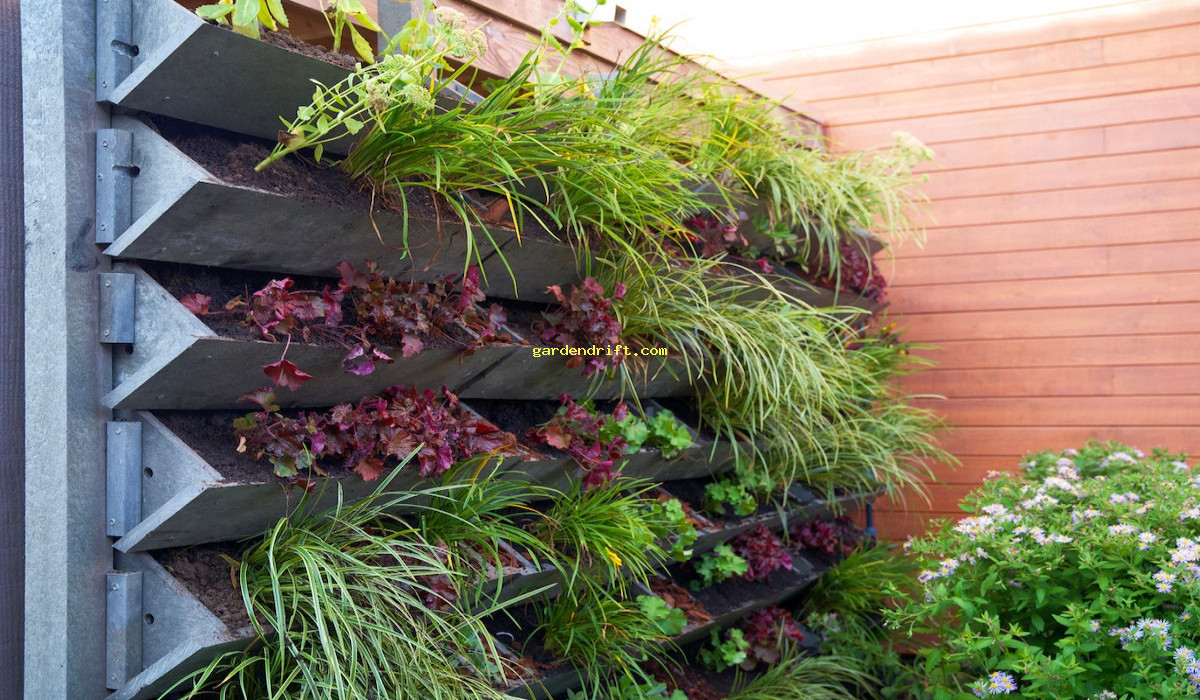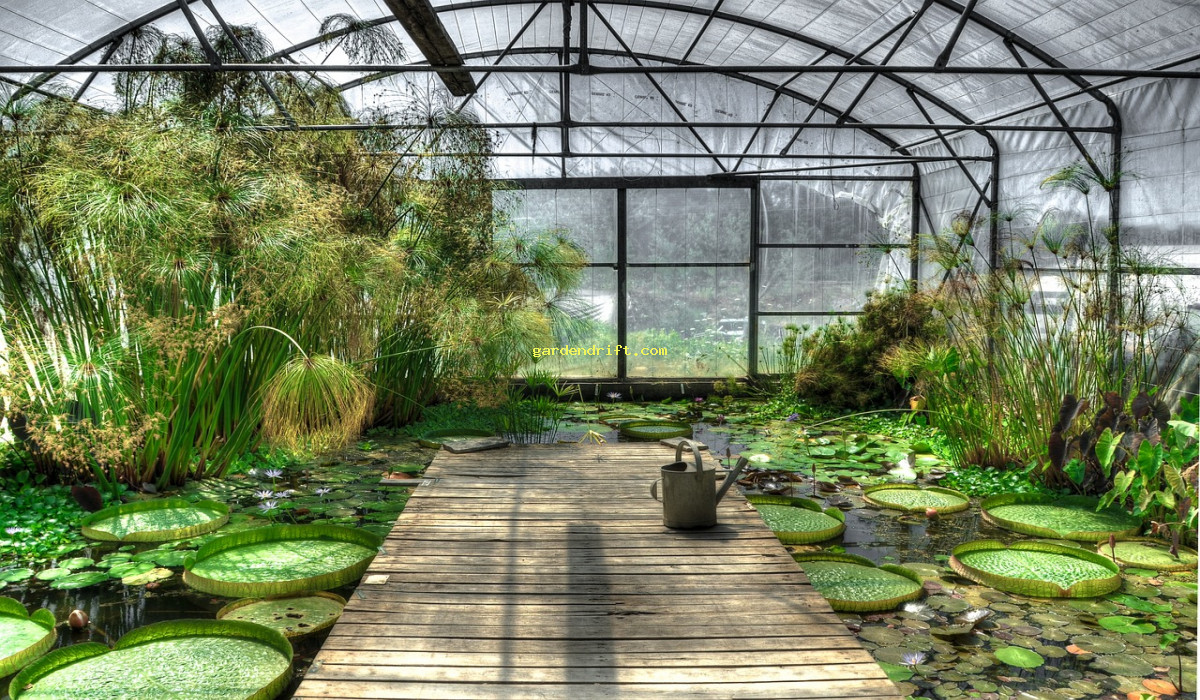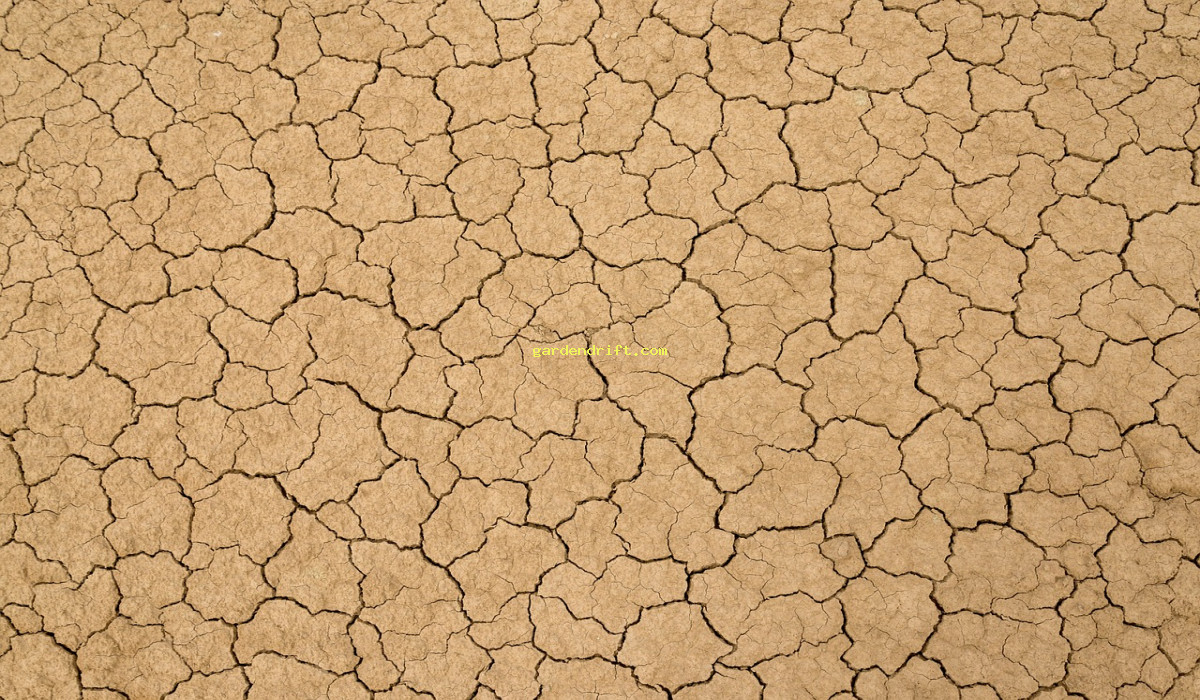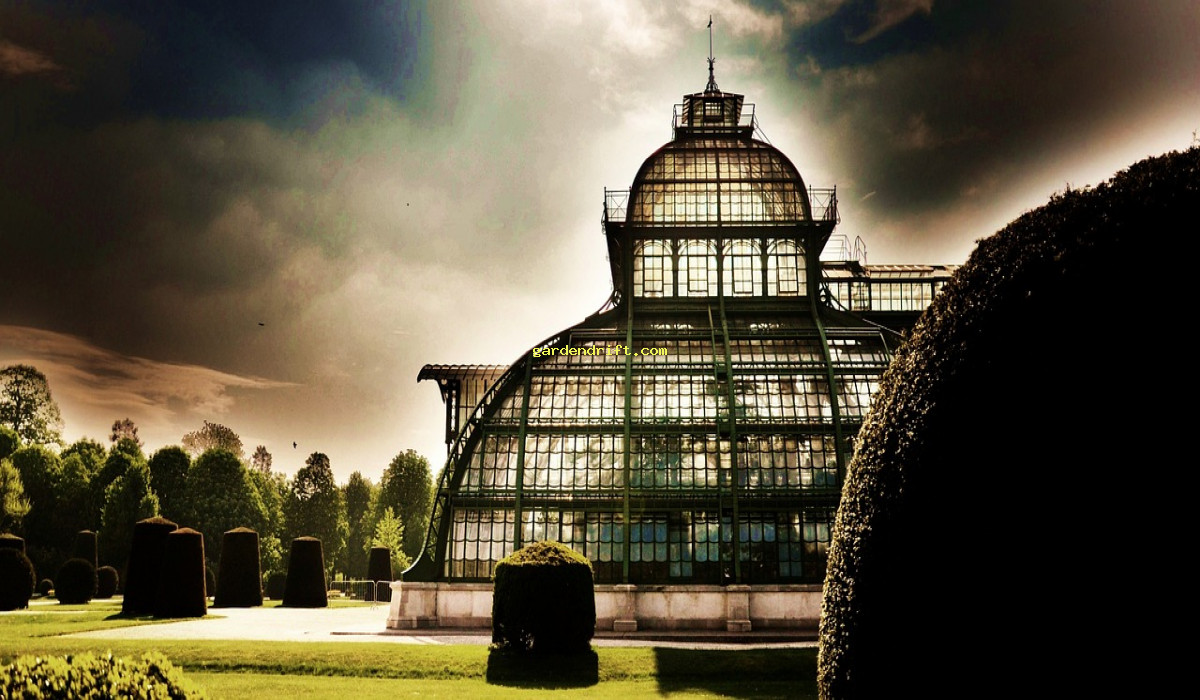Create Your Own Mini Greenhouse: Easy Steps for a Thriving Garden. Learn how to create your very own mini greenhouse with these easy steps! Enjoy fresh produce right in your own backyard without the need for a large garden. Follow these simple guidelines to have your mini greenhouse up and running in no time. Say goodbye to store-bought produce and hello to homegrown goodness. Let’s get started!

Create Your Own Mini Greenhouse: Easy Steps for a Thriving Garden
Create Your Own Mini Greenhouse: Easy Steps for a Thriving Garden. large garden Follow Create Your Own Mini Greenhouse: Easy Steps for a Thriving Garden
The Basics of Making a Mini Greenhouse
A mini greenhouse can be a fantastic addition to your garden or backyard. It is a small, covered structure that provides your plants with the perfect environment to thrive. Whether you want to grow your own herbs, vegetables, or simply protect delicate plants from harsh weather conditions, a mini greenhouse can do the trick. This informative update will guide you through the steps of making a mini greenhouse that is both functional and aesthetically pleasing.
Gather Your Supplies
Before you get started on making your mini greenhouse, it is important to gather all the necessary supplies. Here are the materials you will need:
– > Wooden boards
– > Plastic sheeting or greenhouse plastic
– > Greenhouse shelves
– > Hinges
– > Screws
– > Nails
– > Hammer
– > Saw
– > Screwdriver
– > Measuring tape
– > Stapler
– > Plastic cutter
– > Brackets
Determine the Location and Size
The first step in making a mini greenhouse is to choose the perfect spot for it. Look for an area in your yard or garden that receives ample sunlight and is sheltered from strong winds. This will ensure that your plants receive the necessary sunlight and protection from harsh weather conditions. Next, determine the size of your greenhouse according to the available space and the number of plants you want to grow.
Construct the Frame
Using your wooden boards, construct a frame that will serve as the base and walls of your mini greenhouse. Cut the boards to the desired length, and use brackets and screws to join them together. Make sure to leave a space for the door. Pro tip: To give your greenhouse a sturdier structure, add extra support beams at the corners.
Add the Plastic Covering
Once your frame is complete, it’s time to add the plastic covering. Lay out the plastic sheeting or greenhouse plastic on a flat surface and cut it according to the size of your frame. Then, using a staple gun, secure the plastic sheeting to the frame, starting from one side and working your way around. Leave the door area open for now.
Install the Door and Windows
Next, it’s time to install the door and windows in your mini greenhouse. Using hinges, attach the door to the frame, making sure it opens and closes smoothly. For the windows, you can either use pre-made greenhouse windows or cut out sections of the plastic sheeting and secure them with hinges. Having windows allows for proper ventilation inside the greenhouse.
Make Shelves for Your Plants
To make the most of the vertical space in your mini greenhouse, consider adding shelves. These shelves will provide ample space for your plants, and they can also serve as storage for your gardening tools. Using your wooden boards, create shelves within the greenhouse, starting from the ground up. Secure them with nails or screws.
Add Finishing Touches
To make your mini greenhouse more functional and visually appealing, consider adding a few finishing touches. For example, you can add a thermometer to monitor the temperature inside. You can also add a drip irrigation system for easy watering. And for a pop of color, consider painting the exterior of the greenhouse or adding decorative elements.
Choose the Right Plants for Your Mini Greenhouse
Once your mini greenhouse is built and ready to go, it’s time to choose the right plants for it. Consider the amount of sunlight and temperature inside the greenhouse when choosing your plants. Some great options for a mini greenhouse include herbs, leafy greens, vegetables like tomatoes and peppers, and flowers.
Maintain Your Mini Greenhouse
To ensure that your mini greenhouse continues to thrive, it’s important to keep up with maintenance. Regularly check the plastic covering for any tears or holes, and patch them up as needed. Monitor the temperature inside and make adjustments if necessary. Also, don’t forget to water and fertilize your plants regularly.
Enjoy Your Mini Greenhouse
Congratulations! You have successfully built your own mini greenhouse. Now, sit back and enjoy the benefits of having your own protected garden space. Not only will you have a great supply of fresh produce, but you’ll also have a beautiful and functional addition to your outdoor space.
Final Thoughts
Making a mini greenhouse may seem like a daunting task, but with the right supplies and know-how, it can be a fun and rewarding project. Plus, having your own greenhouse can save you money in the long run by allowing you to grow your own produce. So don’t hesitate to give it a try and see the wonders a mini greenhouse can do for your plants. Happy gardening!
Create Your Own Mini Greenhouse: Easy Steps for a Thriving Garden
Learn how to create your very own mini greenhouse with these easy steps! Enjoy fresh produce right in your own backyard without the need for a large garden. Follow these simple guidelines to have your mini greenhouse up and running in no time. Say goodbye to store-bought produce and hello to homegrown goodness. Let’s get started!. Greenhouse Create Your Own Mini Greenhouse: Easy Steps for a Thriving Garden
How to make a MINI IKEA Greenhouse #houseplants #plantcare #ikea #ikeagreenhousecabinet
Create Your Own Mini Greenhouse: Easy Steps for a Thriving Garden How to make a MINI IKEA Greenhouse #houseplants #plantcare #ikea #ikeagreenhousecabinet Video Create Your Own Mini Greenhouse: Easy Steps for a Thriving Garden
How to Make a Mini Greenhouse: Step-by-Step Guide
Are you looking for a way to grow your own plants, flowers, or vegetables but don’t have enough space for a full-sized greenhouse? Look no further, because in this blog post, we will show you how to make a mini greenhouse right in your own backyard. With this DIY project, you can enjoy a year-round garden, no matter the size of your outdoor space. Read on to discover our step-by-step guide on how to create your very own mini greenhouse.
What is a Mini Greenhouse?
Before we jump into the nitty-gritty of how to make a mini greenhouse, it’s important to understand what exactly it is. A mini greenhouse is a small structure, typically made of clear plastic or glass, that helps create a warm and humid environment for plants to thrive in. These compact greenhouses are perfect for small gardens or balconies, allowing you to grow plants in a controlled and protected environment.
Materials You’ll Need
To make your mini greenhouse, you’ll need the following materials:
- Wooden or metal rods
- PVC pipes
- Clear plastic sheeting or greenhouse plastic
- Screws and a drill
- Hinges
- Glue
- Scissors or a utility knife
- Zip ties
- Clear tape
- Measuring tape
Step 1: Design and Measurements
The first step in making your mini greenhouse is to design and measure the structure. Decide how large you want your greenhouse to be and what materials you will be using. If you have a small garden or balcony, you may want to keep your dimensions compact. Once you have your design and measurements, make sure to write them down and keep them handy for the next steps.
Step 2: Build the Frame
Using the wooden or metal rods and PVC pipes, build the frame for your mini greenhouse. Use the measurements you took in the previous step to ensure your frame is the correct size. Attach the rods and pipes together using screws and a drill. Make sure the structure is sturdy and able to withstand the weather.
Step 3: Add Hinges
In this step, you will add hinges to one side of the frame, which will serve as the door for your mini greenhouse. Make sure to attach the hinges securely with screws. This will allow you to easily open and close the door for ventilation and to maintain your plants.
Step 4: Cut Plastic Sheeting
Using scissors or a utility knife, cut the clear plastic sheeting to fit the size of your frame. Make sure to leave a few extra inches on each side to wrap around the frame and secure with tape. You can also use greenhouse plastic if you prefer a sturdier material.
Step 5: Secure Plastic Sheeting
Using zip ties or glue, secure the plastic sheeting to the frame. Make sure to pull the plastic tight and secure it on all sides of the frame. This will ensure that your greenhouse is properly sealed and maintains the necessary warmth and humidity for your plants.
Step 6: Windows
If you’d like your mini greenhouse to have windows for ventilation, you can cut out squares of plastic sheeting on one or more sides of the structure. You can then attach the plastic sheeting to the frame using hinges, making it easy to open and close the windows as needed.
Step 7: Greenhouse Placement
Now that your mini greenhouse is built, it’s time to find the perfect spot for it in your garden or on your balcony. Make sure to place it in an area that receives plenty of sunlight and is protected from strong winds. You can also elevate your greenhouse by placing it on a raised platform or table.
Step 8: Add Plants
Once your mini greenhouse is in place, it’s time to add your plants! You can start by planting seeds directly in the ground or by transferring potted plants inside the structure. Make sure to add a layer of mulch to the soil to help retain moisture. Keep an eye on the temperature inside the greenhouse and adjust ventilation as needed to maintain the ideal growing conditions for your plants.
Step 9: Maintenance
To ensure your mini greenhouse is active and thriving, it’s important to regularly maintain it. This includes monitoring and adjusting the temperature, watering your plants, and keeping the inside clean and free of any pests or diseases. Regularly inspect the structure and make any necessary repairs to keep your mini greenhouse in top shape.
Conclusion
Congrats, you now have your very own mini greenhouse! With these simple steps, you can grow plants year-round and enjoy a garden in any space. This DIY project is a cost-effective and eco-friendly way to create a protected and nurturing environment for your plants. So why wait? Start building your mini greenhouse today and watch your plants flourish. Happy gardening! Create Your Own Mini Greenhouse: Easy Steps for a Thriving Garden
 Create Your Own Mini Greenhouse: Easy Steps for a Thriving Garden
Create Your Own Mini Greenhouse: Easy Steps for a Thriving Garden
1. How do I make a mini greenhouse?
Answer: Making a mini greenhouse is a simple project that anyone can do. You can start by gathering materials such as clear plastic or glass, wooden or metal frames, and a suitable container. Then, decide on the size and design of your mini greenhouse. You can choose to make a simple box frame or a more elaborate structure. Finally, assemble your materials and place them in a sunny location in your garden or patio.
2. What materials can I use for my mini greenhouse?
Answer: You can use various materials for your mini greenhouse, such as clear plastic, glass, wooden frames, metal frames, or even PVC pipes. Clear plastic or glass is ideal for covering your mini greenhouse as they allow sunlight and heat to enter while keeping the inside temperature warm. Wooden or metal frames can be used for the structure, or you can use PVC pipes for a more budget-friendly option.
3. Do I need a special container for my mini greenhouse?
Answer: Yes, the container for your mini greenhouse is important to ensure the structural stability and temperature control. You can use a clear plastic or glass container, which acts as both the cover and the container for your plants. Alternatively, you can use a wooden or metal frame and cover it with a clear plastic or glass sheet.
4. Can I make a mini greenhouse in a small space?
Answer: Absolutely! Mini greenhouses are perfect for small spaces, such as balconies, patios, or even indoors. You can adjust the size and design of your mini greenhouse to fit the available space. You can also use vertical shelving or hanging containers to maximize the use of vertical space.
5. How do I maintain the temperature inside my mini greenhouse?
Answer: The temperature inside your mini greenhouse can be maintained by ensuring proper ventilation and using the appropriate materials. Clear plastic or glass panels allow sunlight to enter and trap heat, while venting options such as windows or doors can help regulate the temperature. You can also use shading materials to prevent overheating.
6. What types of plants can I grow in a mini greenhouse?
Answer: You can grow various types of plants in a mini greenhouse, such as herbs, flowers, vegetables, or even small fruit trees. The key is to choose plants that can thrive in a warmer and more sheltered environment. Some common plants that do well in mini greenhouses include tomatoes, peppers, cucumbers, and strawberries.
7. How often do I need to water my plants in a mini greenhouse?
Answer: The frequency of watering in a mini greenhouse depends on various factors such as the type of plant, the size of the container, and the temperature inside the greenhouse.

Generally, plants in a mini greenhouse may require less watering compared to outdoor plants as the enclosed environment helps retain moisture. However, ensure to regularly check the soil’s moisture and water accordingly.
8. Is it necessary to have a mini greenhouse in a sunny location?
Answer: It is ideal to place a mini greenhouse in a sunny location as it provides your plants with the necessary sunlight for growth and warmth. However, if you have limited space or do not have access to a sunny location, you can use artificial grow lights to provide your plants with the necessary light.
9. How long does it take for plants to grow in a mini greenhouse?
Answer: The growth of plants in a mini greenhouse can vary depending on the type of plants, the environment, and your care routine. Generally, plants in a mini greenhouse may grow faster compared to outdoor plants as they have a more favorable environment. Some plants can start producing fruits or flowers in as little as a few weeks.
10. Are there any disadvantages to having a mini greenhouse?
Answer: Like any gardening method, mini greenhouses also have their drawbacks. For example, the cost of materials and maintenance may be higher compared to traditional outdoor gardening. You may also need to regularly monitor the temperature and humidity inside the greenhouse to prevent overheating or fungal growth. However, the benefits of having a controlled environment for your plants often outweigh the disadvantages. Create Your Own Mini Greenhouse: Easy Steps for a Thriving Garden
